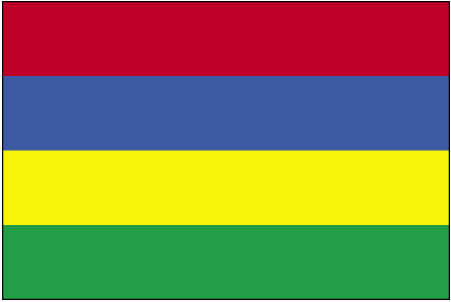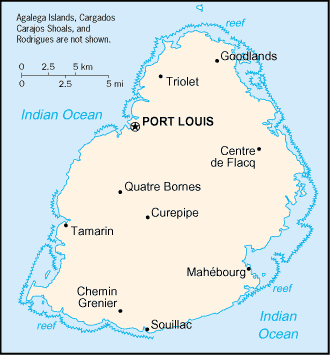Investing in Mauritius


Since independence in 1968, Mauritius has developed from a low-income, agriculturally based economy to a middle-income diversified economy with growing industrial, financial, and tourist sectors. For most of the period, annual growth has been in the order of 5% to 6%. This remarkable achievement has been reflected in more equitable income distribution, increased life expectancy, lowered infant mortality, and a much-improved infrastructure. The economy rests on sugar, tourism, textiles and apparel, and financial services, and is expanding into fish processing, information and communications technology, and hospitality and property development. Sugarcane is grown on about 90% of the cultivated land area and accounts for 15% of export earnings. The government's development strategy centers on creating vertical and horizontal clusters of development in these sectors. Mauritius has attracted more than 32,000 offshore entities, many aimed at commerce in India, South Africa, and China. Investment in the banking sector alone has reached over $1 billion. Mauritius, with its strong textile sector, has been well poised to take advantage of the Africa Growth and Opportunity Act (AGOA). Mauritius' sound economic policies and prudent banking practices helped to mitigate negative effects from the global financial crisis in 2008-09. GDP grew 3.6% in 2010 and the country continues to expand its trade and investment outreach around the globe.
Bank of Mauritius - http://bom.intnet.mu/
Stock Exchange of Mauritius - http://www.semdex.com/
Government of Mauritius - Board of Investment - http://www.boimauritius.com/
Barclays Mauritius - http://www.barclays.com/africa/mauritius/index.html
TOTAL Mauritius- http://www.total.mu/
Mauritius News
L'Express (Port Louis) - http://www.lexpress.mu
Learn more:
Back to Country Investing



